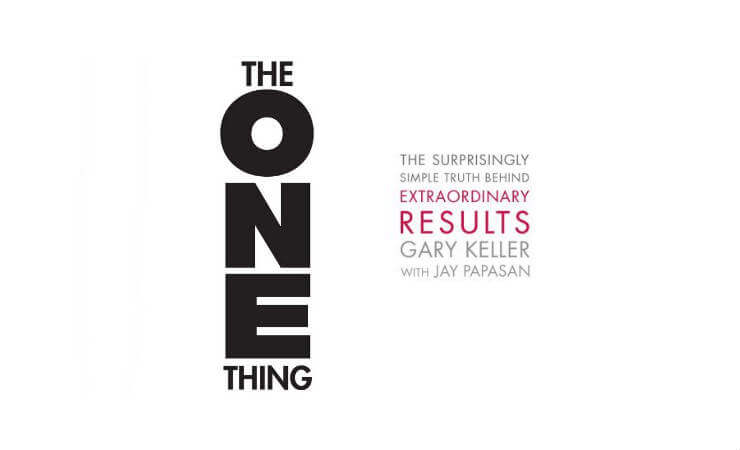TL:DR – Because real learning, like fitness, takes more than a one-time session, the best instructional designers guide learners through personalized challenges, track progress, celebrate wins, and design for long-term growth.
While we don’t usually think of instructional designers and personal trainers as related, maybe we should.
At their core, both roles are about behavioral change.
Both guide people from where they are to where they want to be.
And both know that lasting transformation takes more than a “one-and-done” session.
As instructional designers, here are four core takeaways to implement into your projects from the personal trainers’ playbook.
Push Just Enough
Personal trainers don’t throw new clients into Olympic-level lifts on their first day of training. They assess readiness, offer scaled exercises, and challenge clients just beyond their current limits.
Instructional designers should do the same.
We need to identify the learner’s baseline and then stretch their knowledge, not snap it.
Content that’s too easy breeds boredom; content that’s too hard shuts the learner down.
Just like a good workout, the right balance keeps people engaged and helps them grow.
Track Progress to Show Growth
Trainers track reps, weight, and endurance to demonstrate gains over time. It’s not just for the data…it’s for motivation.
When clients see they’ve gone from struggling with 10 pushups to breezing through 20, they stay committed.
In learning, we often forget the impact of demonstrating progress.
Embedding formative assessments, self-checks, and checkpoints lets learners see how far they’ve come.
It validates their effort and gives them the fuel to keep going.
This is one reason why so many learners really do enjoy training that has been “gamified.” Tracking progress – via the gameplay – shows them how far they’ve come and how far they have to go, keeping them motivated.
Celebrate Milestones
Trainers cheer for first pull-ups, improved stamina, or weight lost. They know that progress isn’t always linear and that small wins matter. (Yes, this is another reason why we love gamification!)
Instructional designers can build in celebration, too: badges, shoutouts, “You did it!” screens, or recognition in a team setting.
It’s not fluff, it’s reinforcement.
Celebrating learning milestones strengthens the learner’s identity and maintains a high level of momentum.
Plan for Maintenance
Getting fit is only half the job. Staying fit takes ongoing maintenance. Trainers design long-term programs for sustainable health.
The same is true for learning.
Too often, we treat training like a sprint: cram the content, hit “complete,” move on. But real learning sticks when we reinforce it over time. Whether it’s refresher modules, on-the-job prompts, microlearnings, or peer coaching, design for the long game.
Design for the entire Learner’s Journey.
This is the Mastery stage of the Learner Journey, and what the Results level of the Kirkpatrick Model is all about.
Learning shouldn’t end at Level 2 (Knowledge and Skills). We need to design systems that support performance, even after the “training” is technically over.
Instructional design isn’t about perfection on day one. It’s about guiding learners through progress, plateaus, and performance… with the same patience, planning, and precision a personal trainer brings to the gym.
Because in the end, instructional designers are performance coaches, too.






Leave a Reply